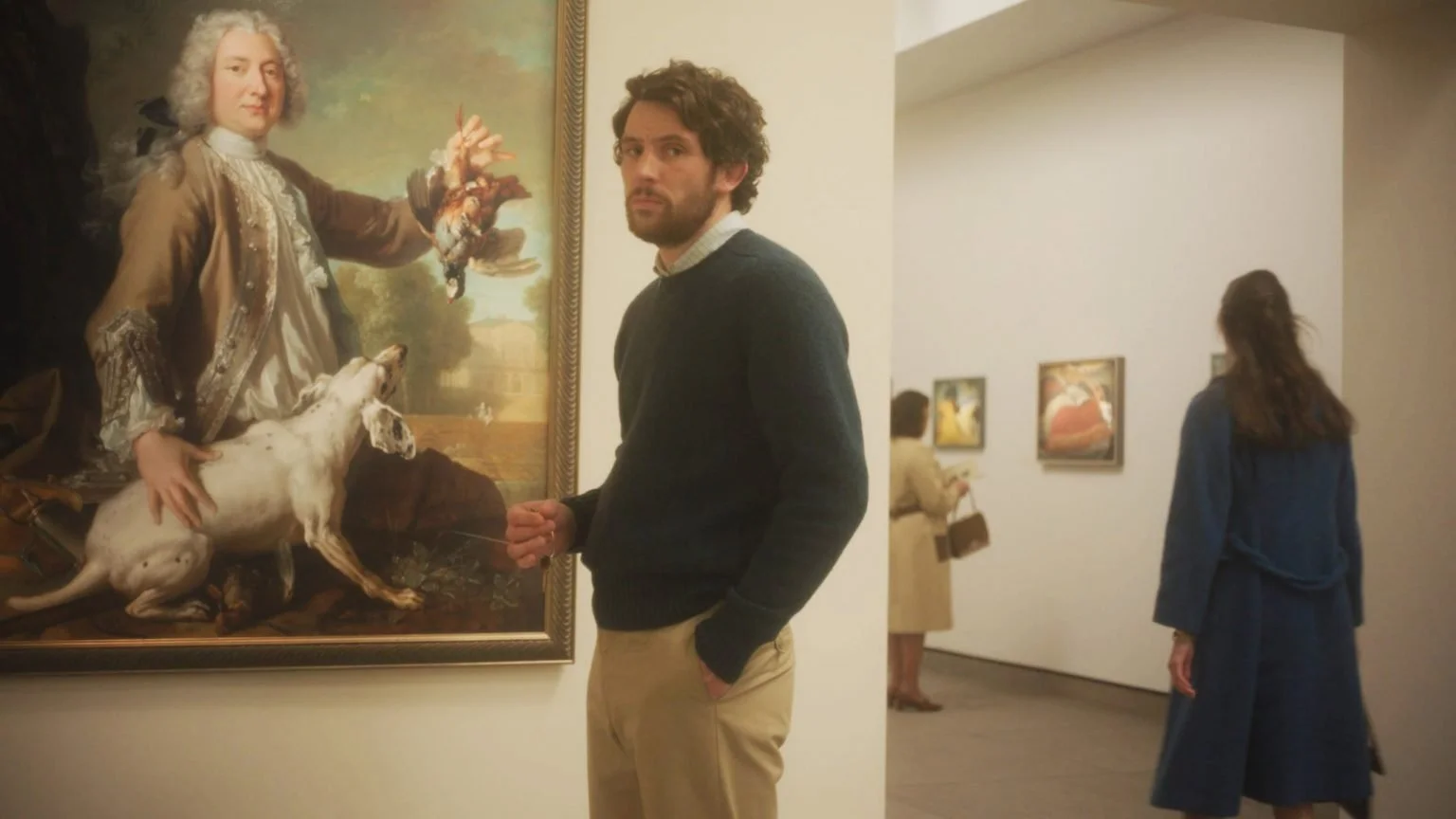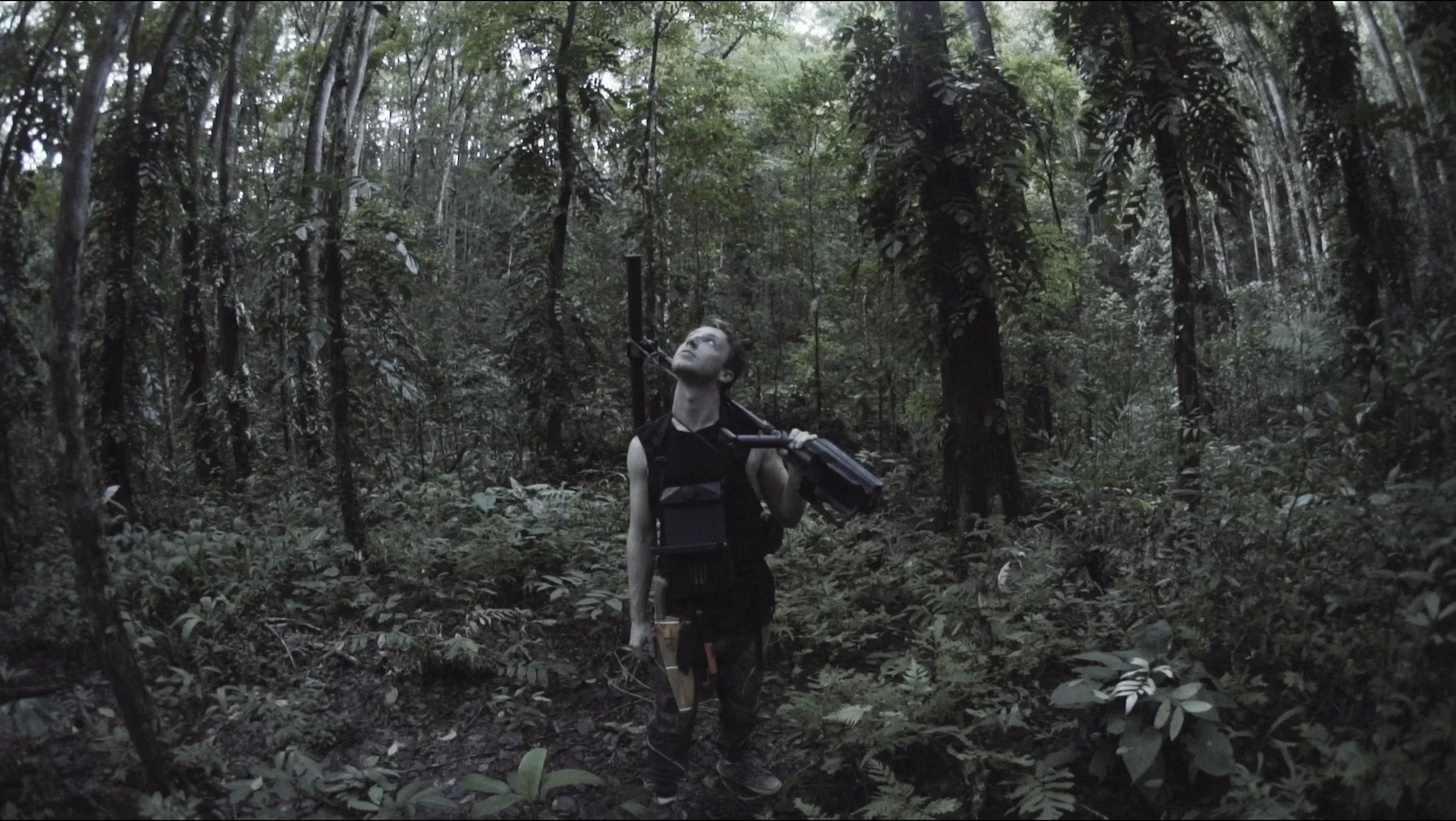‘La Belle Noiseuse’ REVIEW: A 4-hour visually striking, meditative experience
‘La Belle Noiseuse’ REVIEW: A 4-hour visually striking, meditative experience
Picolli and Béart in a painting session scene in La Belle Noiseuse.
You get stuck inside of what you’re searching for. Possession.
La Belle Noiseuse is a film that explores an artist and his muse while also effectively demonstrating their creative process and their struggles on the nature of art. Jacques Rivette immerses himself in the process much like Frenhofer does in the film. He has painted the trials, the tribulations, and the difficult experiences that an artist may feel as they venture to create their art. He is not afraid to show the process, the frustrations, and the challenges that they may face. He shows the effects that a work can have to those involved. It also draws a compelling picture of the artists’ and their companions’ lives, showing a physical and emotional openness to one another. To paint the soul, see through the disguise, baring the soul to the artist. There is a recent film that resembles this one, which is Portrait of a Lady on Fire, it is another fascinating film about the artistic process. Both films are meditative and sophisticated and also beautifully crafted.
For some, the 239 minutes may seem a bit overwhelming, but Rivette somehow made it agile and deliberately paced— the film moves so smoothly once the story gets going. La Belle Noiseuse shows a contrast between Frenhofer’s calm behavior to Marianne’s fiery appeal. It shows a distressing bond between the artist and the muse, giving the feeling of exhaustion and agony. The film shows the idea of something that only exists within the muse, the artist and his canvas, showing something elusive, showing something that only Frenhofer sees through Marianne, but not his wife through the times of struggles and agony when they’re together, when he questions his own ability, when he wonders if he’d lost his gift.
One thing that Rivette does so well is give his characters time throughout the film to develop so gradually with all of its little gestures— the way Frenhofer nervously sketches and paints many times in the film, we feel his frustrations once he makes even the slightest of mistake. Most of the film revolves around the painting, but it's more than that, there are character developments between breaks for us to know the characters more; there are small moments here and there, but it’s enough for us to familiarize ourselves with them.
This film shows and represents everyone who questions their own abilities, everyone who thinks their creativity is gone, and everyone who struggles as an artist. The way it explores someone's creativity, wondering if it's deteriorating, while also looking at the relationships around the artist— the film is just captivating to say the least.
Rivette created a perfectly meticulous film that is La Belle Noiseuse. Emmanuelle Béart and Michel Picolli both gave a breathtaking performance. The two characters that they portrayed are undoubtedly the heart and the soul of the film. The way Rivette also shows the process of an artist in creating his own work and the way he ends the film, is something that you may not expect but it's astonishing and is the perfect and appropriate ending to this delightful and engrossing experience. The film is also beautifully captured, with William Lubtchansky’s mesmerizing cinematography— holding its gaze through the artist as he patiently draws, as we sense the uneasiness every time he makes a mistake and repeats, as we lose ourselves in the beauty of the process. Rivette and Frenhofer created an art for themselves. One that may not cater every audience. One that everyone may not enjoy— but one that they could consider as their masterpiece even if others disagree. La Belle Noiseuse is a visual experience like no other.














